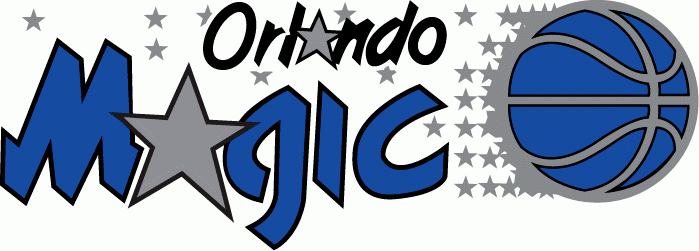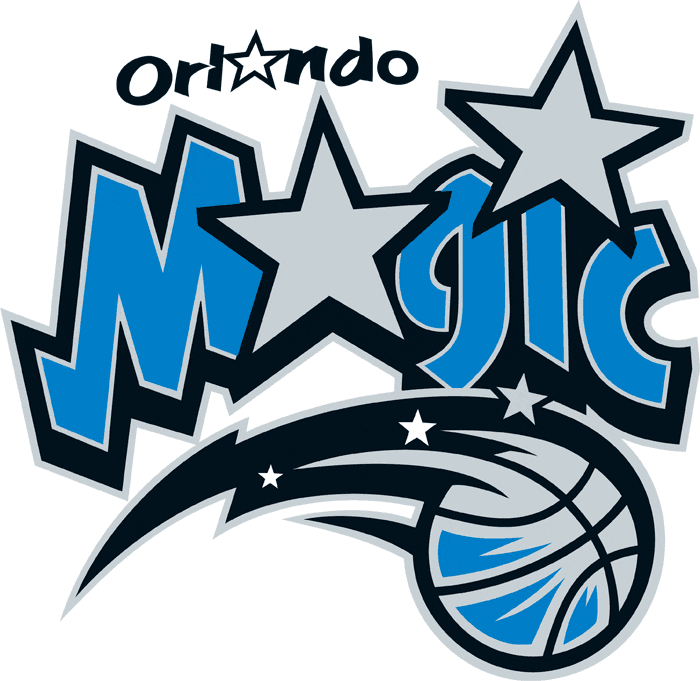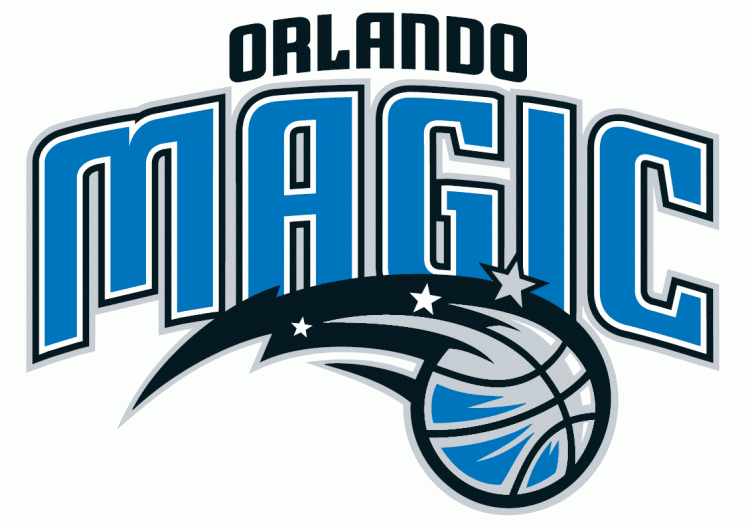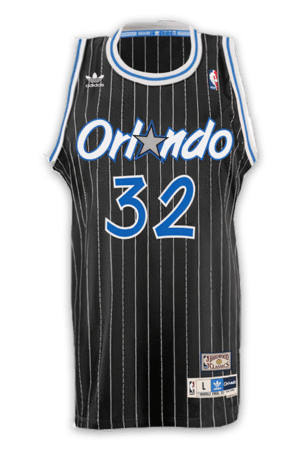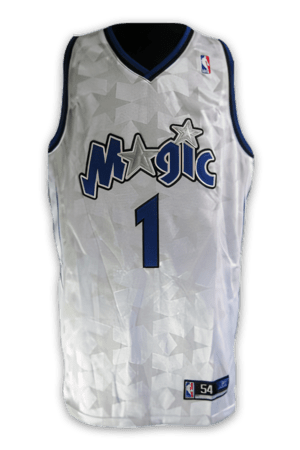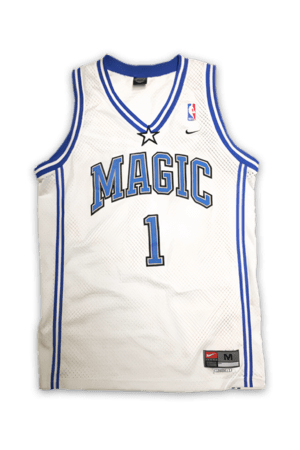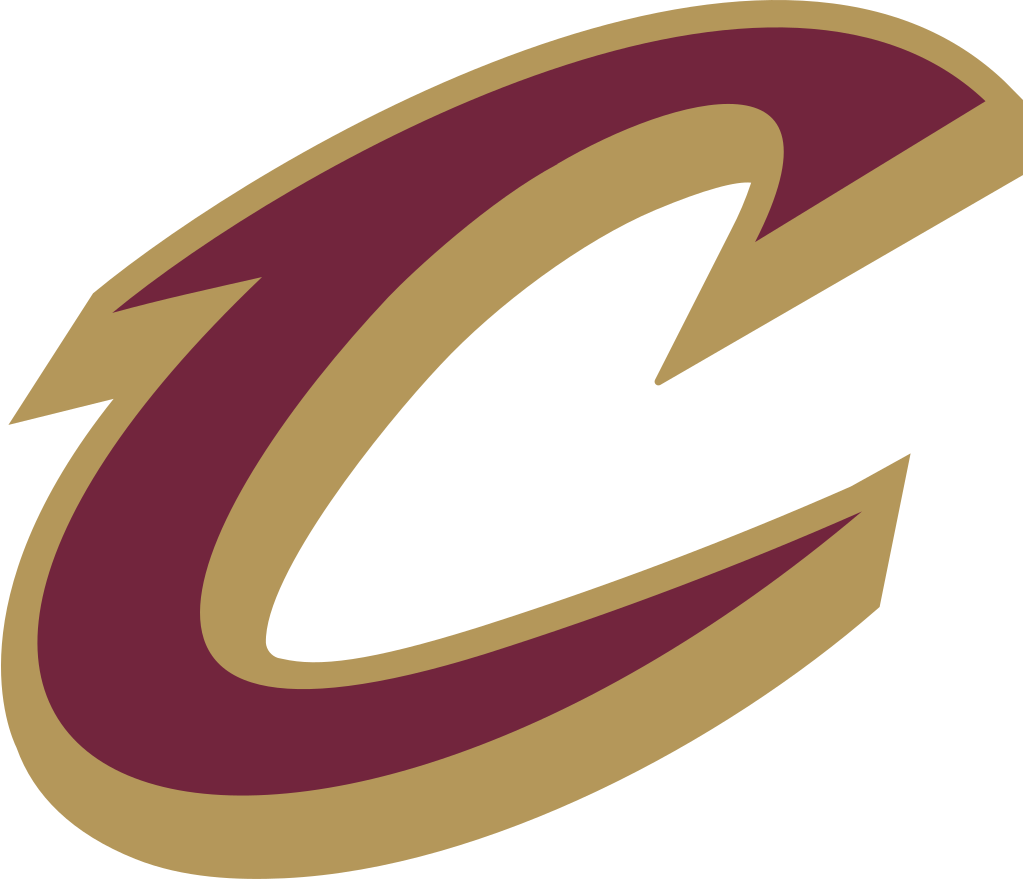The Beginning Years
Back in 1985, an Orlando businessman by the name Jim L. Hewitt linked up with the then-General Manager of the Philadelphia 76ers, Pat Williams. The two planned to bring professional sports to the Orlando area in the form of an NBA franchise. There was a good amount of pushback, as another Florida basketball team, the Miami Heat, were also trying to make an entry into the NBA. For a cool $32.5 million, the Orlando Magic were born.
The team owners allowed the locals in Orlando to select the team name. The winning name, the Magic, was inspired by the nearby Walt Disney World and the Magic Kingdom. Under the leadership of head coach Matt Guokas, the brand new Orlando Magic captured a surprising victory over the 1988 Champions, the Detroit Pistons, in an exhibition game. However, the team ended its first season with a less than impressive 18-64 record.
By the 1990 season, the team had returned with a vengeance with the assistance of Most Improved Player, Scott Skiles, and All-Rookie First-Team nominee, Dennis Scott. The following year, the Orlando Magic were sold to Amway for a whopping $85 million, though the team posted another poor season record (21-61) as a result of persistent injuries. Yet, the team took a surprising turn for the better thanks to the number one draft pick in 1992.
When 7-1 Shaquille O’Neal hit the court with the Orlando Magic, the team was able to clinch an unexpected 41-41 record. He was then named an All-Star, a feat last achieved by Michael Jordan. The addition of Anfernee "Penny" Hardaway joined with a thriving Shaq led the team to a 50-32 record, paving the pathway for success. The team earned its first division championship in 1995 and made it to the NBA finals before falling to the Houston Rockets in just 4 games.
Unfortunately, the team saw a stream of inconsistency due to the constant hiring and firing of coaches. The inexperienced Orlando Magic, led by Coach Doc Rivers in 1999, helped to prove that hard work and dedication could beat years of experience on the court. That all changed during the 2000 draft, where the Orlando Magic brought on veteran players Tracy McGrady and Grant Hill.


